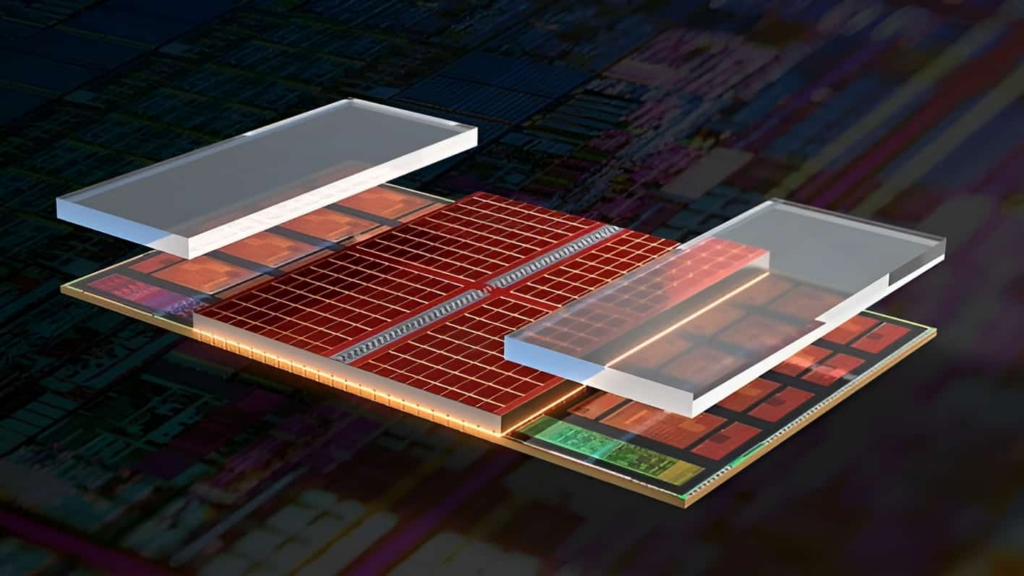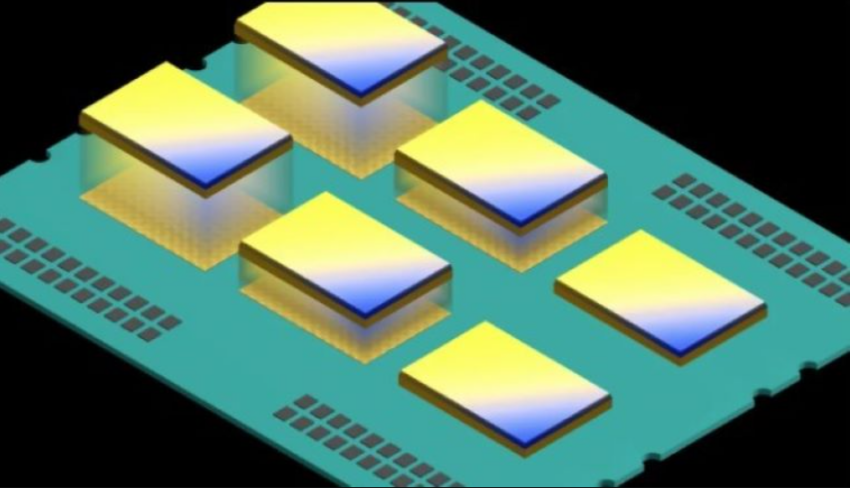Chiplets are revolutionizing microprocessor design and the computer chip business. This novel approach uses smaller chips closely packed to make a single electrical device.
All important computing areas use chiplet technology. AMD is ahead of Apple, AMD, and Intel in chiplet architecture.
Modular chip design
Chiplets constitute a System-on-Chip (SoC). Performance, power consumption, and design flexibility improve. The chiplet concept has been around for decades but lately attracted interest for scaling down monolithic ICs. DARPA launched the COSMOS project for heterogeneous chiplets and the CHIPS project for modular chiplet computers in May 2007.

Epyc and Lakefield are instances of heterogeneous chiplet integration’s quick growth. Chiplets will be worth $5.7 billion by 2025 and $47.2 billion by 2031. This rise is driven by electronics design need for high-performance computing, data analytics, modularity, and customisation.
Chiplet advantages
Chiplets’ task-optimized processor components boost performance. They decrease development time, cost, and power. This reduces manufacturing costs and gadget size.
Chiplets also provide flexibility. They streamline manufacturing by adapting to market conditions and new technology. Chiplets’ mix-and-match technique speeds up development, improving yield and lowering costs.

Apple, AMD, and more
Apple’s March 2022 M1 Ultra processor boosts Mac PC performance with chiplet architecture. 20-core CPU and 64-core GPU, 114 billion transistors, M1 Ultra. Intel, Apple, ARM, Samsung, and Google have joined forces to promote the Universal Chiplet Interconnect Express (UCIe) standard for chiplet-based architecture.
AMD is studying 3D chip-stacking for future architectures to address Moore’s Law’s slowdown. Chiplet architecture limits AMD’s 2019 Ryzen 3000 CPUs. AMD datacenter group SVP and GM Forrest Norrod advises merging chiplet design with 3D stacking, scalable interconnects, novel memory architectures, and software frameworks for future breakthroughs.
Chiplet challenges and prospects
Chiplets have numerous benefits, but improved packaging technologies can make them expensive and unreliable. Yield issues necessitate quality and cost-effectiveness. InFo and CoWos, developed by TSMC, are more sophisticated options for packaging.
As key firms invest in chiplet technology, this modular chip design technique has a bright future. Chiplets are expected to transform computer performance, power consumption, and adaptability.

